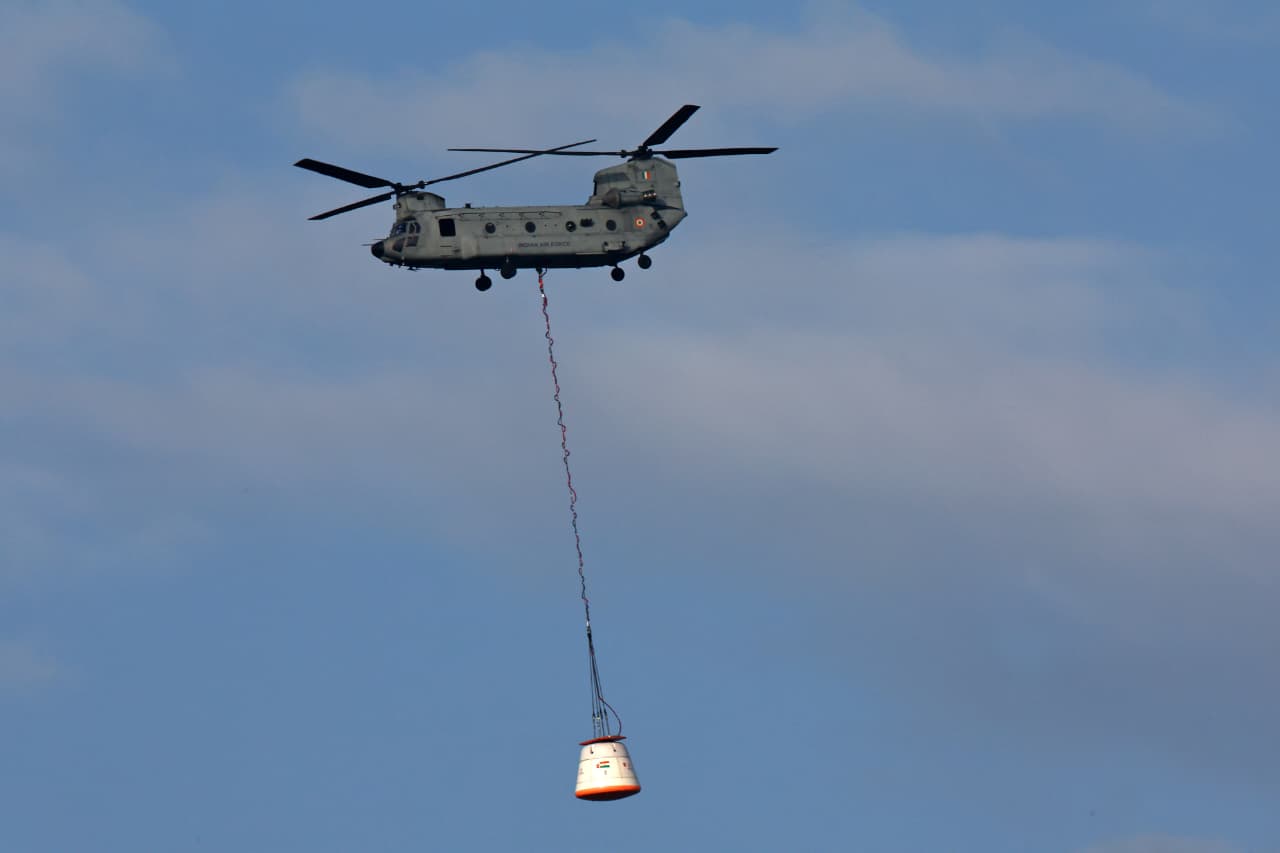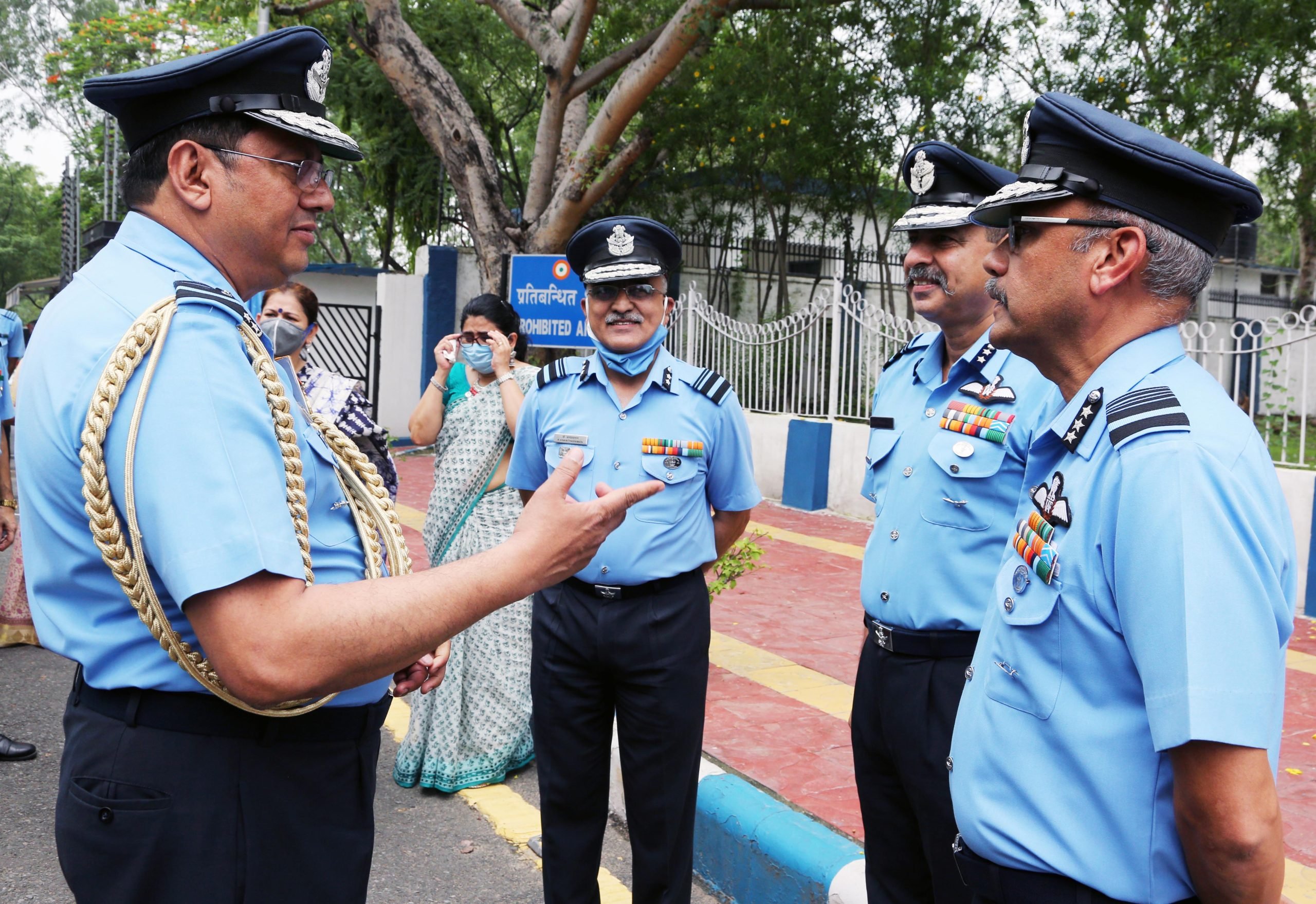Power of an Army Major: Duties & Influence Explained
The rank of Major in the Indian Army serves as a crucial pillar in maintaining the operational capacity and morale…
Is SSB Interview Really Difficult? Here’s the Truth No One Tells You
The SSB (Services Selection Board) interview is a cornerstone selection process for candidates aspiring to enter the Indian Armed Forces.…
ISRO Conducts Air Drop Test Ahead of December Gaganyaan Launch
Successful parachute trial marks key step towards India’s first human spaceflight mission.
Indian Navy Chief Salary Revealed – The Pay & Perks of Power
The position of Chief of Naval Staff (CNS) in the Indian Navy is one of great responsibility and prestige. As…
Indian Air Force Ranks & Insignia Explained – Complete Guide
The Indian Air Force (IAF) represents not just the aerial strength of India but the spirit, resilience, and valor of…
Indian Air Force Chief Salary: Here’s How Much He Actually Earns
The Indian Air Force (IAF) plays a crucial role in the country's defense strategy, ensuring air superiority and operational readiness.…



